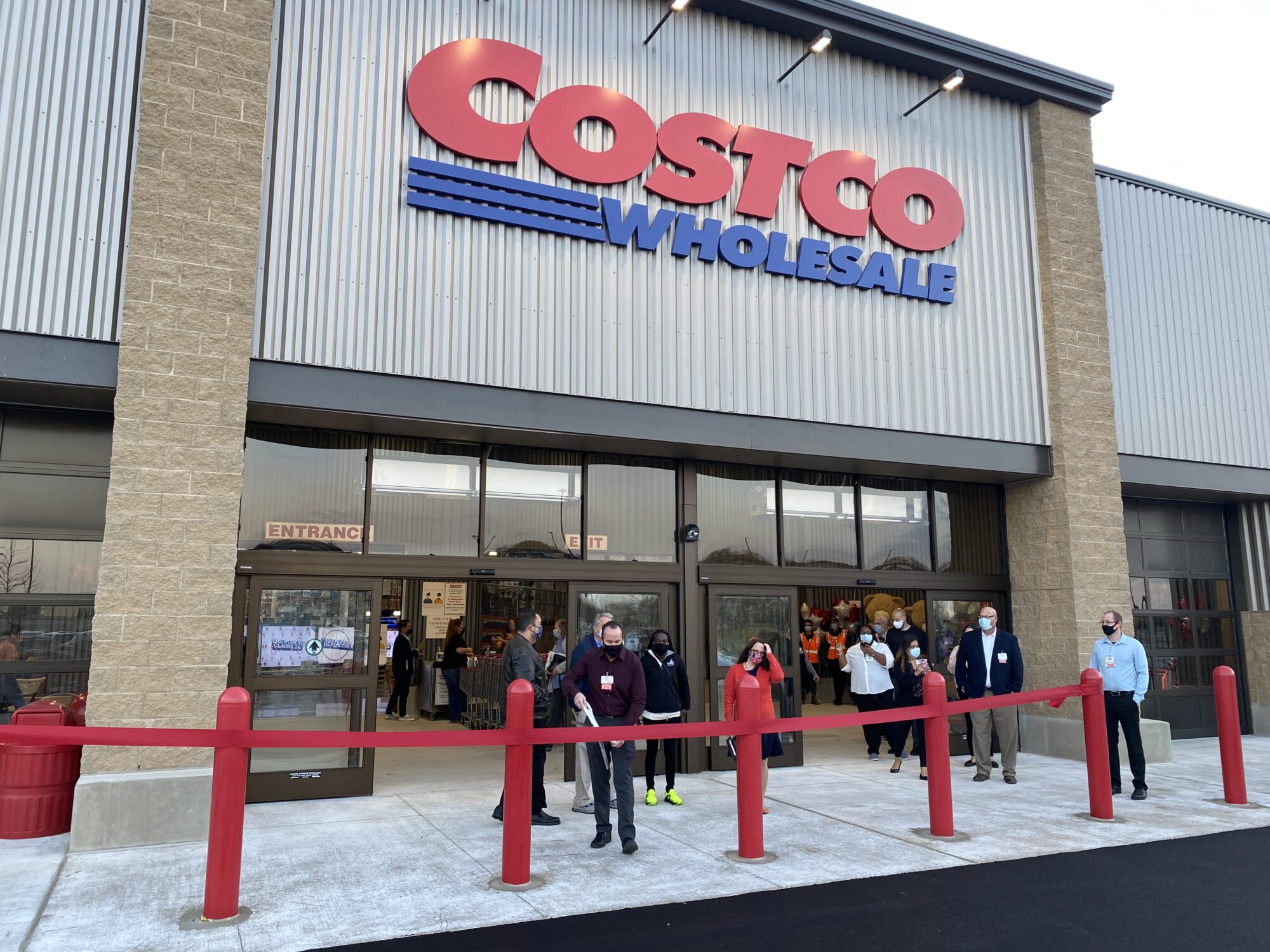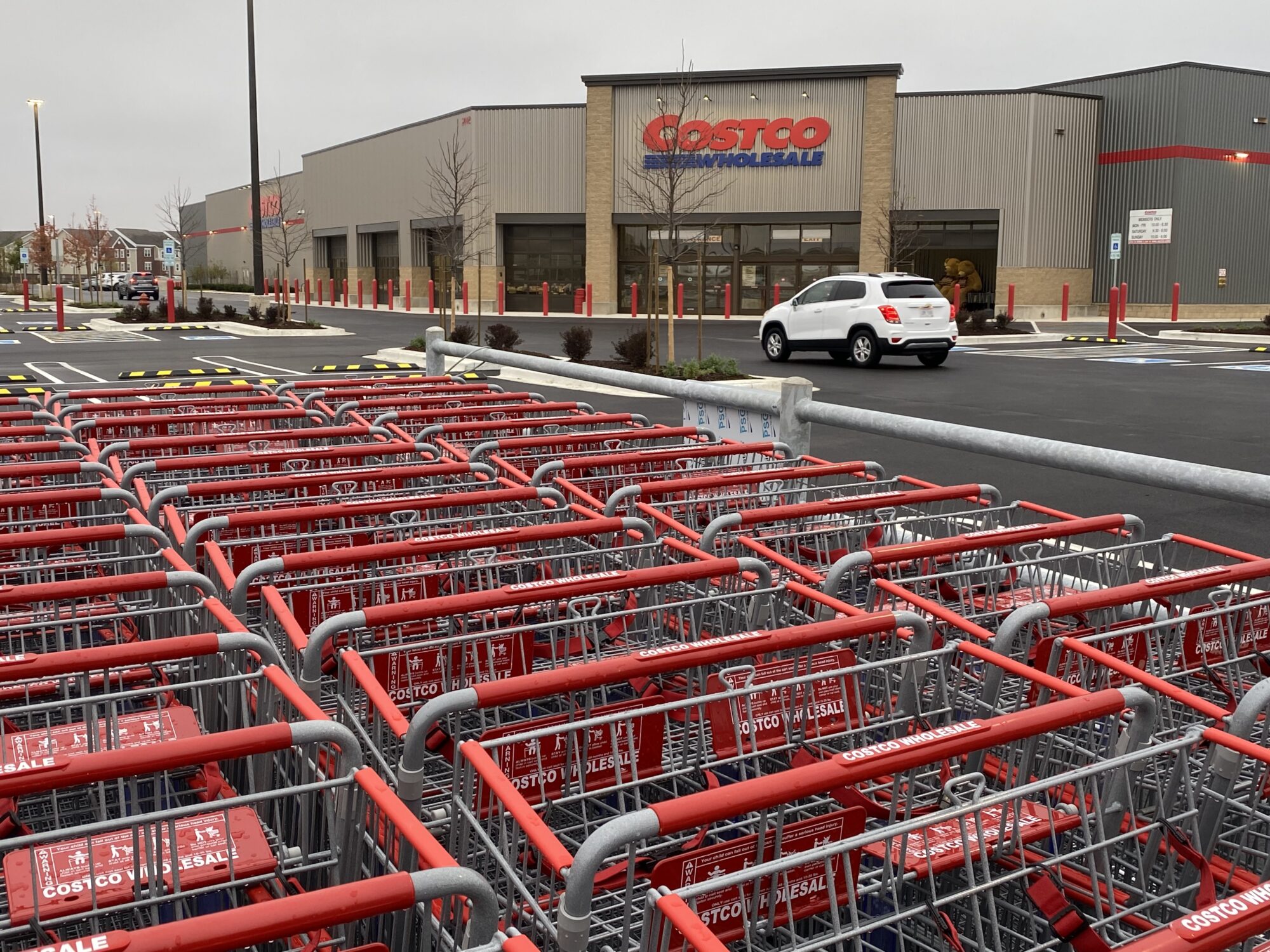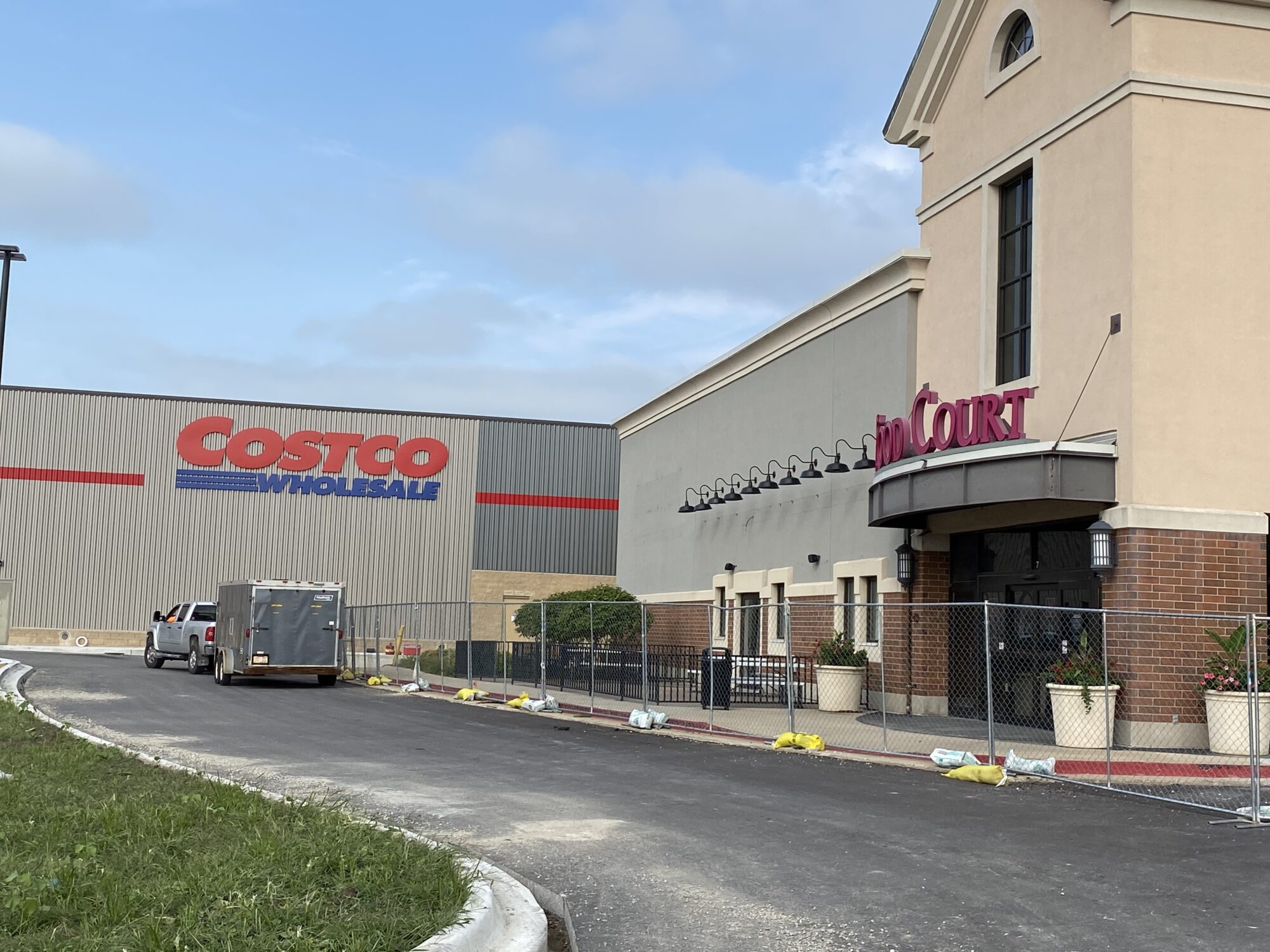By
If you ask anyone with a Costco card why they love the big box store, be prepared for a long answer.
From its treasure hunt-style store layout to the high-quality Kirkland private label in-house brand to the $1.50 hot dog, there’s plenty for Costco members to love.
And that love extends to elected officials and economic planning professionals hoping to lure the corporation to their communities.
Costco, with nearly 900 stores worldwide and $260 million in profits in 2024, is a big “get” for any municipality looking to expand its economy. Not only does the big retail footprint dramatically increase sales tax revenue, but Costco serves as a magnet for other lucrative developments.
To create these opportunities, many cities will offer Costco extensive—and sometimes controversial—incentive packages. However, these financial rewards for development may be worth it.
In the fall of 2012, Spanish Fork, Utah, opened its doors to a shiny new Costco. To encourage the retailer to build it there, the city offered a comprehensive package that included sales tax rebates for the first 18 months, reimbursing Costco for $225,000 of grading and fill work, which was performed by the city, paying for utilities for the first four years of operations, and waiving all city-related building, impact, and connection fees. A 2023 study from Brigham Young University found that the Costco incentive package paid for itself in less than five years.

Image credit: City of Champaign, IL
Jeff Marino, a planning manager with the city of Champaign, Illinois, talks about a similar experience after city officials provided an incentive package to encourage Costco to open in their regional mall.
“Now that Costco has been here for five years, it has strengthened the commercial area,” he said. “People within a 30- to 45-minute drive are coming to the regional commercial district. And while they are there, they’re eating at restaurants, getting gas, and visiting other big box stores.”
Plenty of retailers can make an impact on their communities, but what makes Costco unique? What makes it worth the bevy of incentives it’s offered nationwide?
To understand what sets this company apart from the competition, we’ll take a look at the company itself and what drives its corporate decisions. Next, we will show a few of the ways in which cities have successfully attracted the retail giant.

Image credit: City of Champaign, IL
Why Is Costco Such a Valuable Retail Anchor?
There are plenty of big box stores throughout the nation’s retail landscape. Walmart tops the National Retail Federation’s list of Top 100 Retailers, but Costco is close behind in the third position. Amazon.com is second.
Still, Costco is dramatically different than Walmart, as well as Target, Home Depot, Lowe’s, and the other retail giants on the list. It’s true that all of these big box stores provide the catalyst for what economists call “agglomeration economics”; that is, stores located in centralized hubs benefit from the increased retail efficiency. But none have the draw of Costco.
Here’s a closer look at why.
Costco’s basic membership costs $65 a year, and its executive membership (offering a two percent reward every year) is $130 a year. If you didn’t know better, you’d think that people wouldn’t want to invest that sunk cost even before their first checkout.
Yet, there were nearly 137 million Costco card members in 2024. And before you think people are just stocking up and canceling, know that the renewal rate in 2024 was a staggering 92.9 percent in the U.S. and Canada and 90.5 percent worldwide. According to Numerator, a data analytics firm, the average Costco shopper visits the store every two weeks and spends around $100.00 per trip.
Mr. Marino said his city was inspired to work with Costco after learning that there were already 2,500 members in the community willing to drive two hours to the Chicago or Peoria stores.
Costco isn’t just good for customers. According to reports on Glassdoor, 73 percent of employees would recommend working at Costco to a friend.
Cashiers make $18.02 an hour, while Center Managers earn around $70,993 a year, according to data from Indeed.com. The 219,000 national employees in Costco pharmacies, bakeries, and warehouses also receive health care, dental care, a 401(k) plan, a free membership, and even premium pay on Sundays.
Beyond the quality of employment, the number of jobs Costco creates is alluring to cities. In Champaign, Costco added 100 jobs when it opened in 2020. A Costco warehouse and distribution center in Port St. Lucie, Florida, is expected to bring 500 jobs.
Barron’s recently reported that Costco has a strong corporate structure and resilience to many external forces, including recent tariffs on imported goods. Two-thirds of Costco’s goods are produced in the United States, and its large buying power puts the economy of scale on its side for any transaction.
This means that once a Costco comes to town, it’s unlikely to turn into the common municipal challenge of reviving a dying mall. For Champaign, of course, it was just the opposite.
“Costco is definitely a draw,” Mr. Marino said.

Image credit: city of Champaign, IL
In many cities, developing tax incentive packages is the primary strategy for getting Costco’s attention. Here are a few examples of how cities have successfully attracted the retailer.
To bring Costco to their city, city officials in Mansfield, Texas, approved a Chapter 380 agreement providing up to $8 million in incentives for Costco to build a 150,000-square-foot store. Chapter 380 of the Texas Local Government Code allows cities to give out grants of public funds to promote local economic development and stimulate business and commercial activity. The city also agreed to reimburse Costco
$1.5 million for infrastructure costs. The latter is contingent upon Costco investing at least $25 million into the development and generating $40 million in annual sales.
When city officials in Yorkville, Illinois—a western suburb of Chicago with just over 24,000 residents—pursued Costco, they offered a $10 million sales tax rebate to be paid off in 10-20 years. According to reports, the rebate applies to both the warehouse store and its gas station, with a 0.75 percent rebate for the first six years and a 0.5 percent rebate for the next 14 years. Additionally, Costco sought assurances from the city that they would not increase the current non-home rule sales tax or that a home rule sales tax would not be implemented. Yorkville officials responded with additional incentives for collecting incrementally increasing amounts of sales tax revenue over the course of the agreement.
Port St. Lucie, Florida, leaders offered a 10-year phased relief from ad valorem taxes and impact fee mitigation to land their upcoming 1.9 million-square-foot warehouse and distribution center. According to reports, ad valorem tax exemptions for real and tangible personal property are set at 100 percent for the first five years, before decreasing to 90, 80, 60, 40, and 20 percent, respectively, over the next five years. The package also includes mobility and impact fee mitigation, as well as an opportunity for a Job Growth Investment Grant.
The Business Development Director of the St. Lucie County Economic Development Council, Kadian Knight, told the Hometown News that the incentives would pay off.
“This is the kind of high-impact and high-quality [investment] needed in our region, and that’s what we’re aiming for,” she said. “The benefits are both immediate and long-lasting. We’re looking at over $133 million in construction-related input over the short term, and the direct annual payroll … will exceed $6.4 million.”
In Champaign, Costco received a sales and property tax reimbursement package of $2.9 million. The company had originally considered a location north of the regional mall and had to complete extra demolition work, Mr. Marino explained.
The city had commissioned an economic development study before offering the incentive package, and Costco became successful enough to receive the offered tax reimbursements two years earlier than the original agreement.
Mr. Marino said he anticipates Costco’s success will make nearby commercial sites more attractive for future development, too.
“There are times when politically it can be sensitive to give a Fortune 500 company a development agreement,” he said. “The infill is hard to quantify, but it is worth it in the long run.”
Landing a Costco doesn’t just signal growth—it accelerates it. Cities that invest in attracting the retail giant aren’t simply welcoming a store; they’re anchoring a broader strategy for economic development. From job creation and increased sales tax revenue to revitalized commercial corridors, the impact is both immediate and long-term. While incentive packages may raise eyebrows, the results—higher foot traffic, stronger retail ecosystems, and surging investor interest—are hard to ignore. For communities with a bold vision, Costco isn’t the finish line. It’s the catalyst.